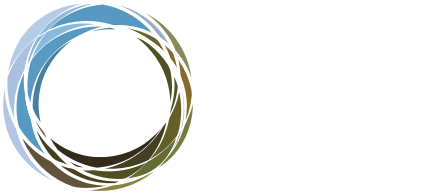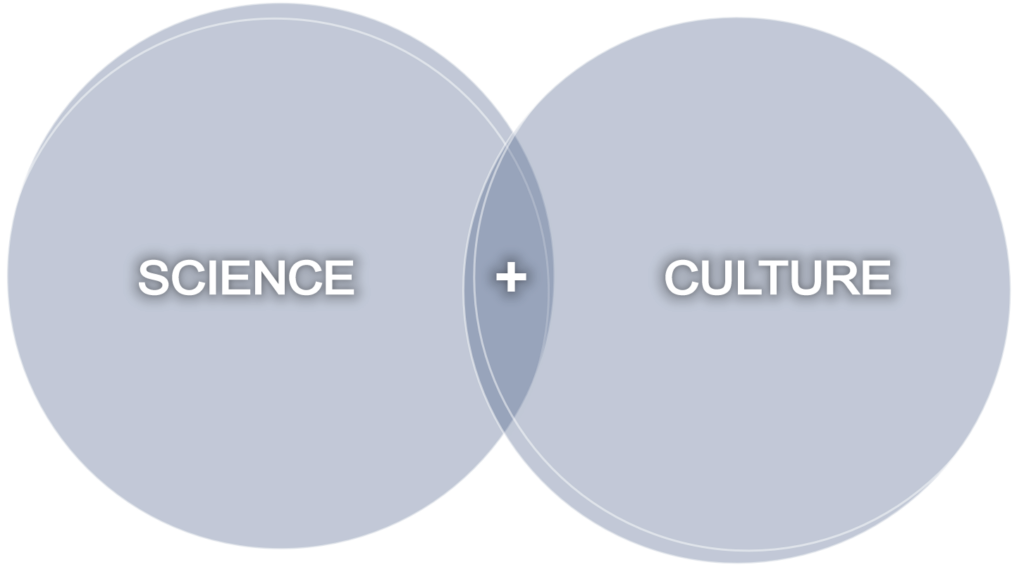In 2024, IEG developed an innovative remote sensing workflow to identify newly planted seedlings across a reclamation area, classify them by species, and monitor their survival and growth over time. The workflow leverages high-resolution imagery collected by Remotely Piloted Aircraft (RPA) and advanced machine learning techniques. This approach scales seedling analysis from small sample plots to the entire site, delivering accurate, spatially explicit insights into seedling performance under varying site conditions. The result is faster, more informed decision-making that enhances the effectiveness and efficiency of reclamation efforts.
The method was applied to a two-hectare revegetation area planted with aspen, lodgepole pine, and white spruce. Using multispectral RPA imagery, seedlings were automatically detected, classified by species, and assessed for health using Object-Based Image Analysis and Random Forest models. Over 10,000 individual seedlings were geolocated and tagged with species and health attributes.

With precise seedling locations, spatial variables such as microtopography and its impact on seedling health can be evaluated alongside experimental factors to better understand their combined effects on seedling performance.



